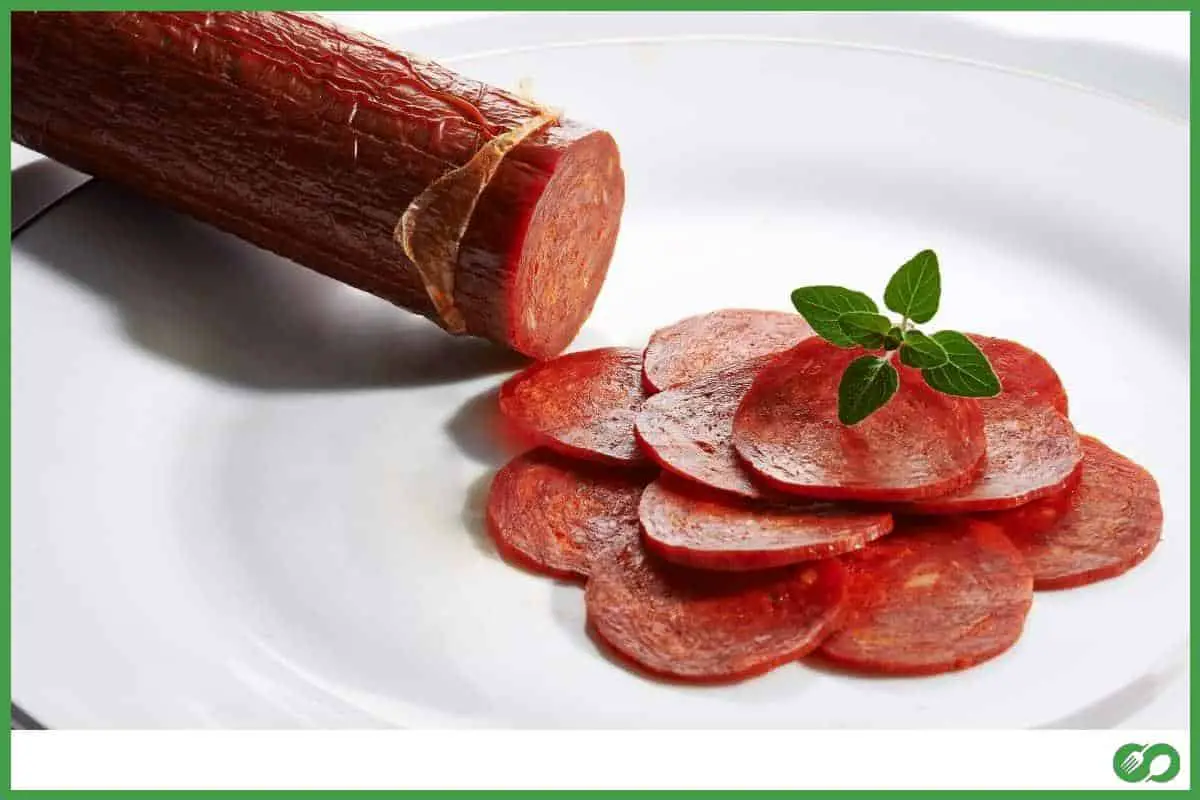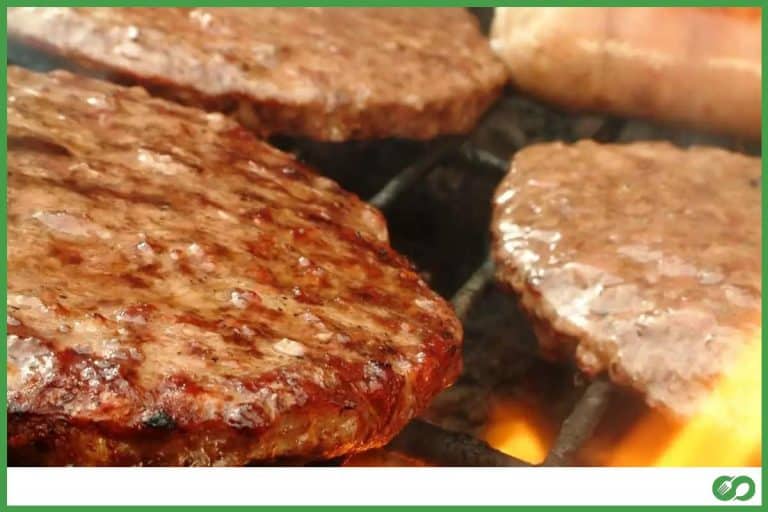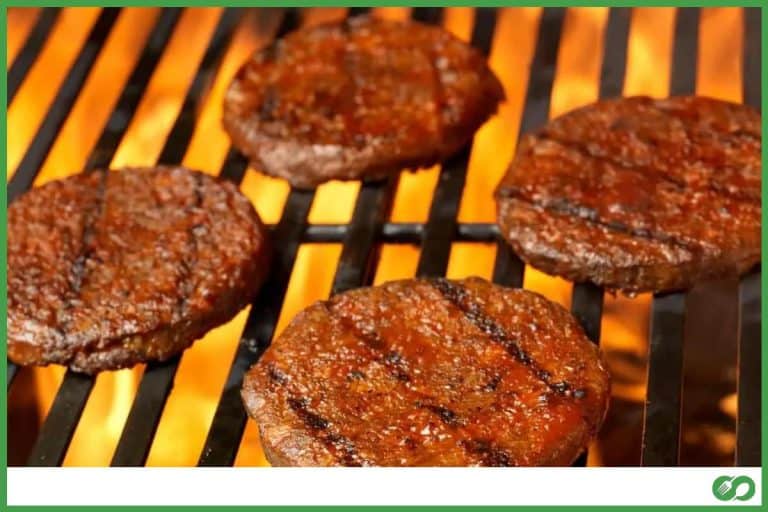Should You Take The Skin Off Pepperoni?
This post may contain affiliate links which means that, if you choose to make a purchase, I may earn a small commission at no extra cost to you.
A popular pizza topping, pepperoni tastes delicious to say the least. Thus, it quickly became our favorite snack to munch on. Yet, there is a common question as to whether you should eat the skin off pepperoni. This skin of the pepperoni is also known as the casing.
Normally, the pepperoni skin is edible given that the casings are natural. You can still choose to peel the skin off when it is too thick to chew. Artificial pepperoni casings are not to be eaten.
Of course, there can be exceptions, albeit quite rare. To clear all your confusion and offer more insight, in this article, I am going to include all sorts of information as to why you take the skin off pepperoni, when, and why. In order to absorb the most information and make sure you do not make any bad eating decisions, I would recommend reading the whole article.
Can You Eat The Skin Of Pepperoni?
Before I dive into the specifics of this question, you should have an idea as to what exactly pepperoni casings are or what the skin of the pepperoni consists of.
Pepperoni casings can also be called sausage casings as pepperoni is basically a type of sausage. The function of these casings is to enclose the meat so that the sausage can properly form a shape. They can also help to add flavor. There are two main types of pepperoni casings: natural and artificial.
Natural Casings
Natural casings come from the intestines of animals, most commonly cows and pigs when it comes to pepperoni. In some regions, sheep and goat intestines are used as well. They are made from the submucosa of the intestines, which is a kind of tissue. It is made of innate collagen, which is the primary structural protein.
In order to prepare all these for the casing, they were scraped and rinsed with water and salt, either manually or with the help of machinery. The water is used to get rid of the blood from the submucosa and the salt is for the brine solution, which is crucial for preserving the meat.
This is the most traditional way of making sausages, dating back many centuries ago. Natural casings quickly take on the shape of the sausage and are tastier and softer. You will often see them curled up.
Because of their nature, such casings lead to the richer taste of pepperoni. The flavor can fully penetrate the casing and reach the meat within. Another factor is that pepperoni of this kind will have a more irregular shape or appearance due to their “natural” creation. If you are looking for some natural sausage casings, you can find them here.
Artificial Casings
Artificial or synthetic casings are primarily divided into two kinds, collagen, and cellulose. The latter applies to pepperoni. They can also be referred to as fibrous casings.
Cellulose casings come from viscose. Viscose is a material consisting of cellulose from cotton linters which is the fiber that sticks to the cotton seeds after being split from the cotton, and wood pulp. The wood pulp is a requirement so that the casings are large in diameter. Abaca pulps are also used sometimes instead of wood pulps.
Cellulose casings can also come from the cell walls of plants. Such casings offer a crystalline enclosure that can be extremely resilient. These casings are uniform in shape as they are made of synthetic materials. As a result of them being plastic, they are not edible and should be peeled off.
People who are on a diet or are vegan mostly opt for casings like these. In case you are looking to get some cellulose casings, you can find them here.
Now, you should have your answer as to which pepperoni skin you can eat and which you should peel off. Artificial casings are a big no. However, even the natural ones should not be eaten if they are very thick. This is because they are very chewy and, hence, will taste very bland.
Preparing Pepperoni Casings
If you are looking forward to making your own sausages and pepperoni at home, you need to know a few things about how to prepare the casings for them. To help you out, I have included the guidelines below.
Step 1: In a bowl, place the sausage casings and allow water to wash over them. Be gentle with the casings or they will be all tangled up.
Step 2: For 30 minutes, let the casings soak in cool water.
Step 3: An additional tip is adding 1 tablespoon of vinegar to the bowl. This will make the casing thinner and softer.
Step 4: Take one single casing and cleanse the insides of it with cool water. This will get rid of any remaining salt. As you know, all casings have salt in them. Repeat this process for each casing, and make sure you do them all individually.
Step 5: After the rinsing of all the casings is done, place them all in a bowl. Ensure both sides of the casings are dangling over the bends of the bowl. This way, you save time as you already know where the opening to each casing is.
Step 6: The prep for the sausage casings is done and now you can get to stuff them with sausage meat.
How To Tell Which Pepperoni Skin To Eat?
As there are different kinds of sausage casings and thus, different kinds of pepperoni casings, it can be difficult to decide which casing you should peel off and which one is safe to eat. To ease your worries, below I have included certain factors which can help you distinguish between edible and inedible pepperoni skin.
Shape
Natural casings will lead to the pepperoni having an uneven and non-uniform shape. They will also have lumps and a curled structure. Their edges will be both thicker and thinner. Hence, they are safe to eat.
If your pepperoni looks too perfect and uniform, it consists of cellulose and is therefore synthetic. They will have no lumps and will have the proper diameter. These casings are to be peeled off.
Smell
Synthetic casings usually have no smell because of the artificial way in which they are made. On the other hand, natural casings will have a rich aroma which can easily help you decide that they are edible.
How Do You Peel Off The Skin Of Pepperoni?
If your pepperoni skin is of the artificial kind or even the normal casing but in a thicker condition, you will need to peel it off. To guide you through the process, I have provided a thorough list of instructions below.
Step 1: Wash your hands before touching the pepperoni.
Step 2: Lay the pepperoni on a cutting board that is clean.
Step 3: Use your less dominant hand to firmly hold down the pepperoni. Your grasp must not be too tight, otherwise, the pepperoni will end up being crushed.
Step 4: With your dominant hand, take a paring knife. A utility knife will do the trick as well.
Step 5: Carefully and slowly, slice one end of the casing and then work your way to the other side. Doing so will not require much pressure since it is quite thin.
Step 6: Ensuring the cut side of the pepperoni is facing downwards, hold the pepperoni and spread apart the casing. Gradually push the pepperoni outwards.
Step 7: The casing has been perfectly removed. You can then seal the pepperoni in an airtight container if you do not intend to use it all.







